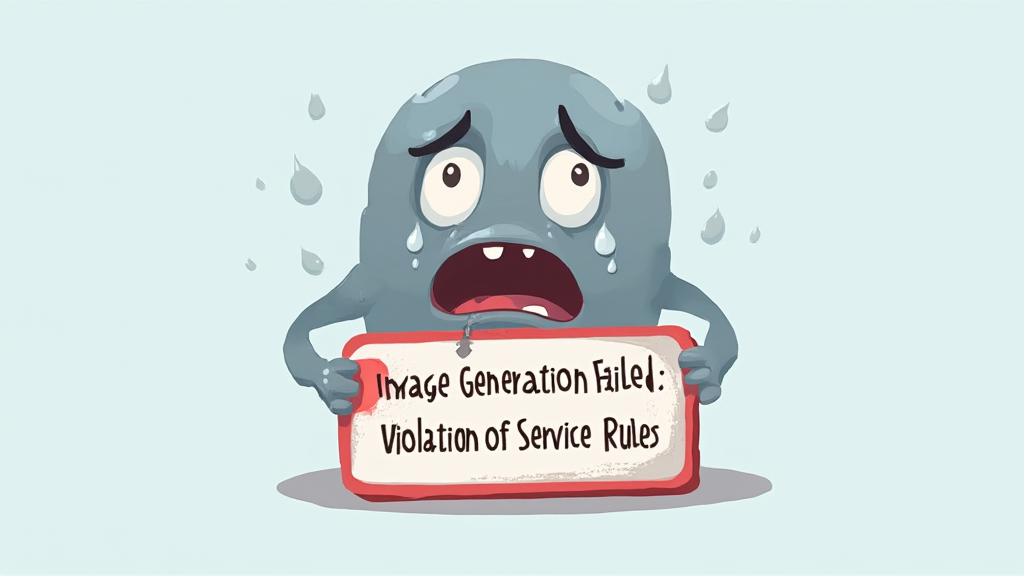Navigating the Stock Market Rollercoaster: Tips for Investors
What Causes Market Fluctuations?
Market fluctuations are primarily driven by a variety of factors, including economic data, geopolitical events, and investor sentiment. For instance, when unemployment rates rise, consumer spending often declines, leading to decreased corporate profits. This can trigger a sell-off in stocks. It’s fascinating how interconnected these elements are. Additionally, news about interest rate changes can significantly impact market behqvior. Investors often react swiftly to such announcements, causing rapid price movements. Understanding these dynamics is crucial for making informed decisions. Knowledge is power in investing.
The Impact of Economic Indicators
Economic indicators play a crucial role in shaping market trends. Key indicators include GDP growth, inflation rates, and employment figures. These metrics provide insights into the overall health of the economy. For example, rising GDP typically signals economic expansion. This often leads to increased investor confidence. Conversely, high inflation can erode purchasing power. It may prompt central banks to raise interest rates. Understanding these indicators is essential for strategic investing. Knowledge is vital for success.
Investment Strategies for Uncertain Times
Diversification: Spreading Your Risk
Diversification is a fundamental strategy for managing investment risk. By allocating capital across various asset classes, he can mitigate potential losses. This draw near reduces the impact of poor performance in any single investment . For instance, combining stocks, bonds, agd real estate can create a balanced portfolio. Each asset class reacts differently to market conditions. This is a smart move. Furthermore, diversification can enhance overall returns while maintaining a lower risk profile. It’s essential for long-term financial health.
Long-Term vs. Short-Term Investing
Long-term investing focuses on building wealth over time. This strategy allows investors to ride out market volatility. He can benefit from compound interest and capital appreciation. In contrast, short-term investing aims for quick gains. This approach often involves higher risks and requires constant market monitoring. Quick decisions can lead to significant profits or losses. It’s a thrilling game. Understanding personal risk tolerance is crucial for choosing a strategy. Each investor’s goals differ.
Technical Analysis: Reading the Market
Key Indicators to Watch
Key indicators are essential for effective technical analysis. Traders often monitor moving averages, which help identify trends. These averages smooth out price data over specific periods. This provides clearer insights into market direction. Additionally, the Relative Strength Index (RSI) indicates overbought or oversold conditions. A high RSI suggests a potential price correction. Understanding these indicators is vital for making informed decisions. Knowledge is power in trading.
Chart Patterns and Their Significance
Chart patterns are crucial for understanding market behavior. They provide visual representations of price movements over time. For instance, a head and shoulders pattern often indicates a trend reversal. This can signal potential selling opportunities. Similarly, flags and pennants suggest continuation of the current trend. Recognizing these patterns can enhance his trading strategy. Knowledge of chart patterns is essential. It can lead to better decision-making.
Emotional Resilience in Investing
Recognizing Emotional Triggers
Recognizing emotional triggers is vital for successful investing. He must identify situations that provoke anxiety or excitement. These emotions can lead to impulsive decisions, often resulting in losses. For example, market downturns may trigger fear, prompting hasty sell-offs. Conversely, market rallies can induce overconfidence, leading to risky investments. Understanding these triggers allows him to develop emotional resilience. This is essential for maintaining a disciplined approach. Awareness is the first step to control.
Strategies to Maintain Composure
To maintain composure, he should establish a clear plan. This plan includes setting specific investment goals and adhering to them. By doing so, he can reduce emotional decision-making. Regularly reviewing his portfolio helps him stay focused. It allows for adjustments based on data rather than feelings. Practicing mindfulness techniques can also enhance emotional control. This promotes a calm mindset during market fluctuations. Awareness is key to effective investing.
Utilizing Technology and Tools
Trading Platforms and Their Features
Trading platforms offer various features that enhance the trading experience. He should consider tools like real-time data feeds and advanced charting options. These features enable informed decision-making and timely execution of trades. Additionally, many platforms provide educational resources and market analysis. This can significantly improve his trading skills. User-friendly interfaces are also essential for efficient navigation. A good platform simplifies the trading process.
Automated Trading and Bots
Automated trading and bots have revolutionized the trading landscape. These systems execute trades based on predefined algorithms and market conditions. They can analyze vast amounts of data quickly. This allows for timely decision-making and execution. Key benefits include:
He can customize these bots to align with his trading goals. However, understanding the underlying algorithms is crucial. Knowledge is essential for effective use.
Learning from Past Market Crashes
Case Studies of Historical Crashes
Historical market crashes provide valuable lessons for investors. For instance, the 1929 stock market crash revealed the dangers of excessive speculation. This event led to significant regulatory changes in the financial industry. Similarly, the 2008 financial crisis highlighted the risks associated with subprime mortgages. Understanding these events can help him avoid similar pitfalls. Knowledge is crucial for informed decision-making. Each crash teaches important risk management strategies.
Lessons for Future Investments
Learning from past market crashes is essential for future investments. He should focus on diversification to mitigate risks. This strategy spreads exposure across various asset classes. Additionally, maintaining a long-term perspective can help weather market volatility. Historical data shows that markets tend to recover over time. Understanding market cycles is crucial for informed decisions. Knowledge is a powerful tool in investing.
